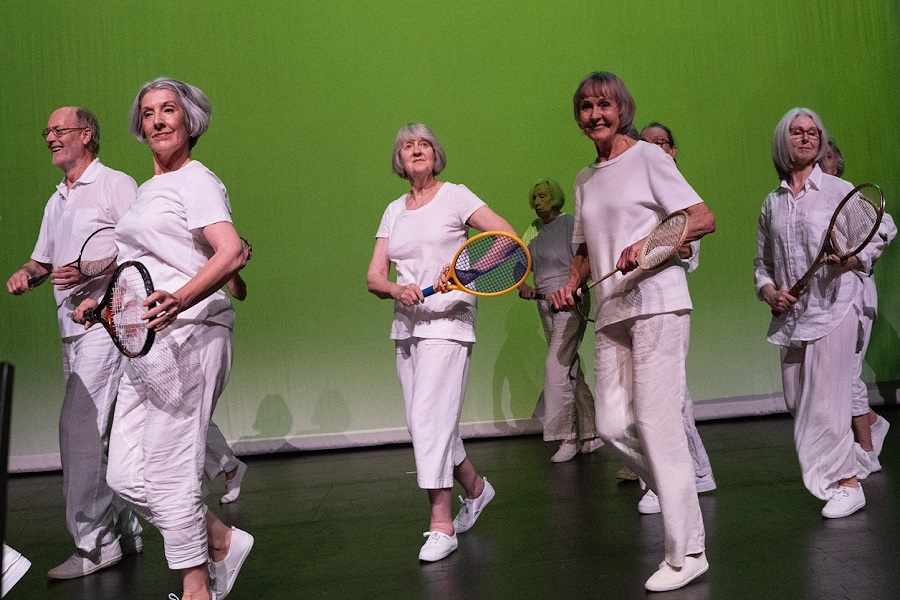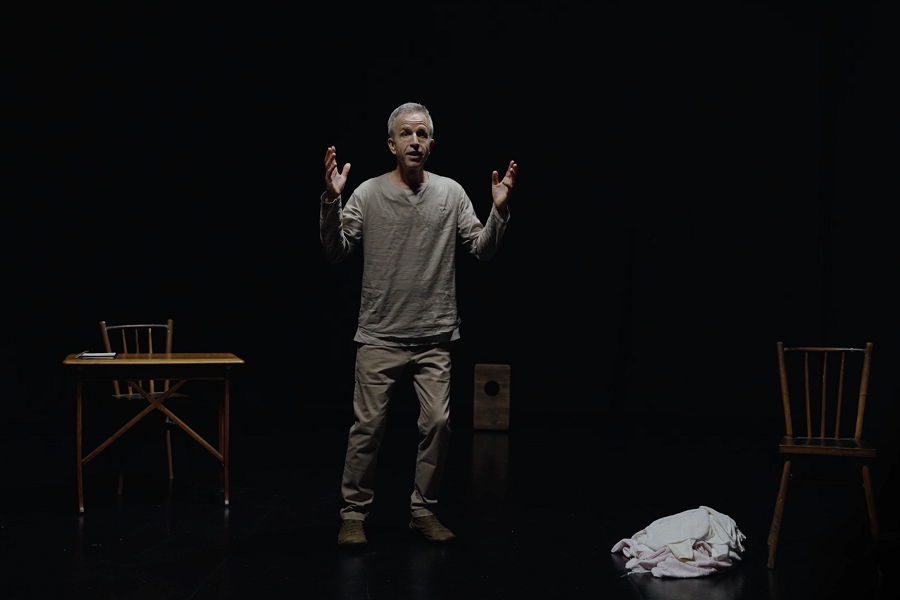
Music / Bernice Chua and Marko Matajič. At Wesley Music Centre, February 23. Reviewed by ROB KENNEDY.
International pianists Bernice Chua and Marko Matajič study together at the Universität Mozarteum Salzburg in Austria. In this concert they performed solo and four hand works.
It was predicted that Bernice Chua, who grew up in Canberra, “has a big future ahead.” This prediction is coming true. Marko Matajič, who comes from a musical family, has given up many things to accomplish his professional attitude towards the piano.
Much classical music is a reflection. Watching Bernice Chua ready herself before the Mozart Piano Sonata in C Major, K. 330, her focused contemplation helped get her in the mood for such delicate and tonally accurate music.
Playing without sheet music, this contemplation helps to picture the notes on the stave and transfer the tenderness required to perform this profound sonata.
The Beethoven Piano Sonata No. 26, Op. 81a, is a different beast to the Mozart. Chua’s approach was to emphasise this dramatic and contemplative piece with a more impassioned touch.
Beethoven’s use of startling runs followed by sudden silence is about as dramatic as it gets. The darkness, the force required to bring out the truth in this music, was well-constructed by Chau. Then there’s the introspective and what sounded deeply personal. This too was all in the music, and in the playing.
The contemplation Marko Matajič gave before starting was even longer than Chua’s. Again, no sheet music. Matajič was breathing the music. With rises and falls in the sound, so his breath followed. This synchronisation, along with facial expressions, showed a determined and dedicated performance, and the sound followed. Seeming to draw notes out of the air, his constant gaze to the above, again in time with the music, brought out something else from the notes in his mind’s eye.
With the famous slow second movement, it was all heartfelt. The extra attention he paid to this memorable tune was shown in his face, and in his playing. The final movement capped off an all-round, brilliant performance.
He also played Chopin’s Scherzo No. 3 and the Etude Op. 38 No. 5 by Rachmaninov. The Chopin, a fiery blast of fortissimo notes, and the Rachmaninov, filled with highly expressive statements combined with thick tonal textures of impassioned notes.
After the interval, four hands were at the piano for Mozart’s Sonata in B flat Major, K. 358, but this time with sheet music, as expected. Having these two stunning musicians at the one piano, was the pleasure doubled? Yes, it was.
The final work on the program was the Fantasie in F minor for Four Hands, D. 940, by Schubert, which is a work of art. It’s tenderness, touching and sublime. Their expression of union, while both carrying the same temperament and style, made a complete marriage of sound. Though this work is for four hands, each got their individual time, but it sounded like one.
Both players were as enthusiastic as the audience, especially when hearing them burn up the stage as they encored with Brahms’ Hungarian Dance No. 5.
Who can be trusted?
In a world of spin and confusion, there’s never been a more important time to support independent journalism in Canberra.
If you trust our work online and want to enforce the power of independent voices, I invite you to make a small contribution.
Every dollar of support is invested back into our journalism to help keep citynews.com.au strong and free.
Thank you,
Ian Meikle, editor




Leave a Reply